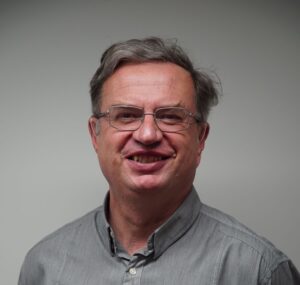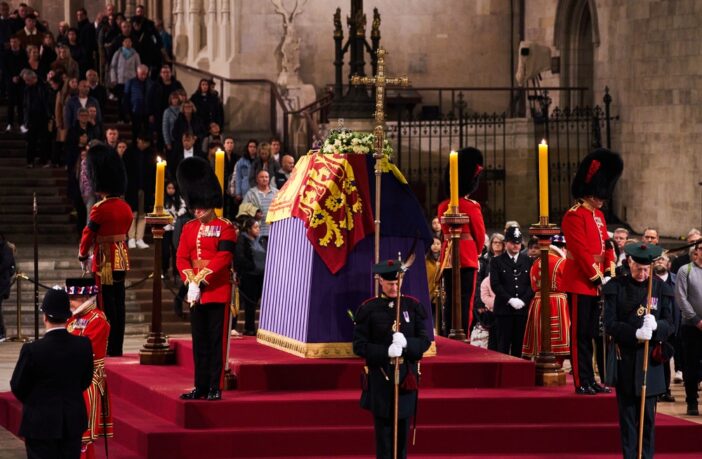It’s estimated that 4 billion people around the world watched Queen Elizabeth’s funeral with many royal commentators and, no doubt, the public marvelling at the planning that went into the pageantry of this historic event.
It was with much precision and practise, decades of practise we are told, that the Queen’s coffin arrived at Westminster Abbey, after a journey from Scotland.
We all marvelled at the procession before and after and speculated on how many people were involved to make it seem like it went like clockwork. Maybe time will inform us that behind the scenes things may not have been what it seemed.
The role chance has played
According to John Wolffe, Professor of Religious History, State funerals didn’t always go to plan. The naval ratings that we saw pulling the Queen’s casket on a gun carriage followed a tradition that started with Queen Victoria’s funeral.

John Wolffe, Professor of Religious History
The gun carriage holding Queen Victoria’s coffin started out pulled by horses but when they broke out from their traces during one stage of the procession, officials improvised and used the naval ratings.
Her funeral in 1901 was the largest such public event for almost three centuries. Before this, with the exception of Mary II’s funeral in 1694, possibly due to her early death,
“The sixteenth and early seventeenth centuries were a period of elaborate royal funerals reaching their apogee in the funeral of James VI (of Scotland) and I (of England) in 1625,” said John.
“Later seventeenth, eighteenth and nineteenth century royal funerals were on a relatively modest scale. This trend was accentuated in the reign of George III when funerals retreated almost entirely within the walls of Windsor Castle.
“George III in 1820, George IV (1830), William IV (1837) and Prince Albert (1861) all died in the castle and were buried there without their coffins ever leaving the precincts.”
Lying in State in Westminster Hall only started with the death of Edward VII, says John, and was intended to symbolise close democratic ties between monarchy and Parliament in the context of the constitutional crisis arising from the Asquith government’s endeavours to curtail the powers of the House of Lords.
John said:
“The advent of broadcast media further enhanced a sense of wider public participation at the funerals of George V in 1936 and George VI in 1952. Religious services began to acquire an ecumenical dimension.
“Events following Elizabeth II’s death are building further on these funerals of twentieth-century monarchs but also on the more recent experience of the funerals of Princess Diana in 1997 and the Queen Mother in 2002, notably in locating the main funeral service in Westminster Abbey rather than the much smaller St George’s Chapel.
“The late Queen was the first monarch to die in Scotland since the union of the Crowns in 1603, which has provided the opportunity for substantial unprecedented ceremony in Edinburgh.
“The vigil of the Queen’s four children around the coffin is now described in the media as ‘traditional’, although there have in fact only been two previous instances: vigils of George V’s four sons in 1936 and of the Queen Mother’s four grandsons in 2002.
“Broadcast media coverage is all-pervasive to an extent that would have been deemed obtrusive as well as technically impossible in 1952. The paradoxical appeal of such events is their capacity to appeal to a sense of historic continuity while also responding in innovative ways to present-day circumstances.”
If you are interested is learning more visit the following courses:
Exploring religion: places, practices, texts and experiences
or see the free taster course on OpenLearnPicture credit: Howard Cheng, Shutterstock



